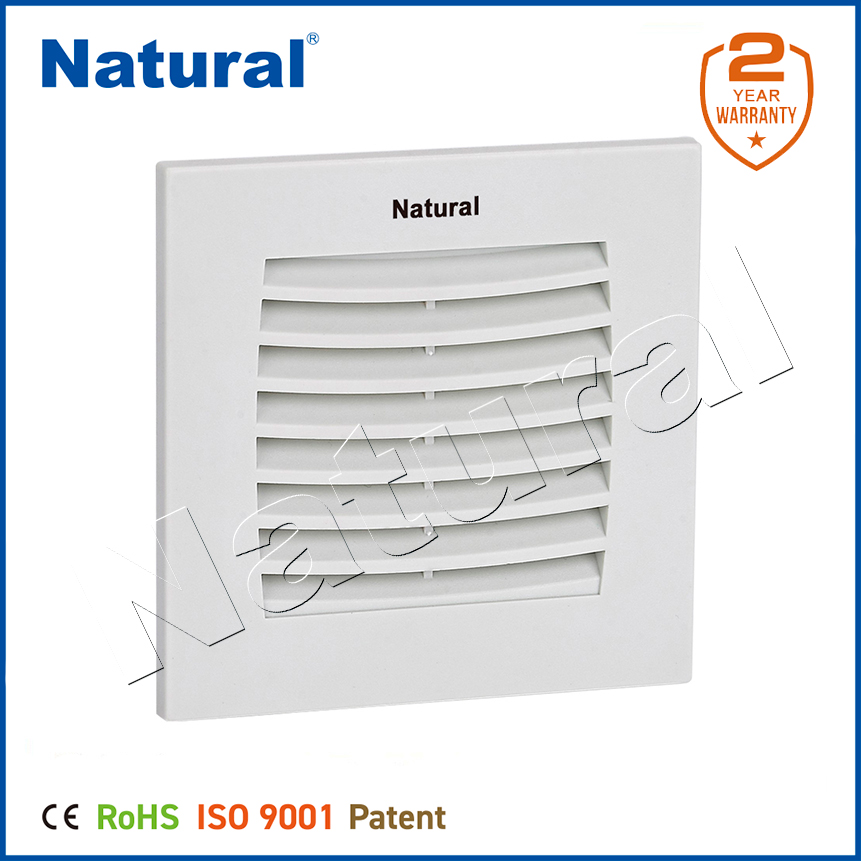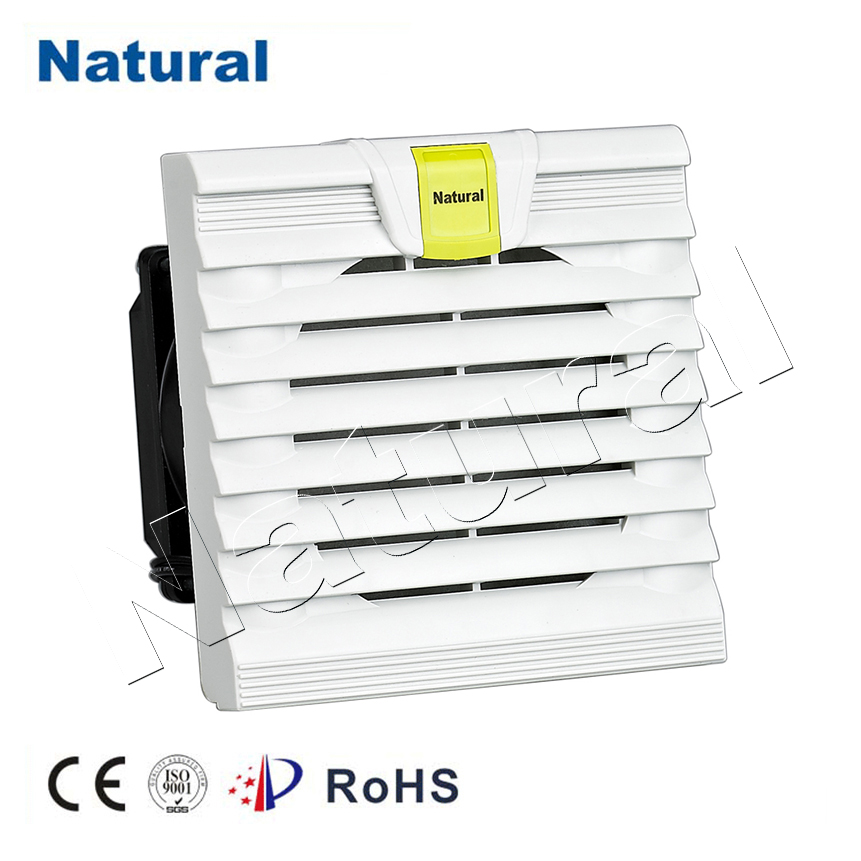In various industrial and commercial environments, maintaining the optimal performance of electronic equipment is crucial. One essential component in this process is the cabinet fan filter. These filters are designed to help regulate airflow and protect sensitive equipment housed in cabinets from dust, dirt, and debris. With modern systems becoming more complex and integral to daily operations, ensuring the longevity and efficiency of these systems has never been more important. This article explores the significance of cabinet fan filters, how they function, and why they are an essential part of maintaining system reliability.

What is a Cabinet Fan Filter?

A cabinet fan filter is a device placed in front of cooling fans within an equipment enclosure or server cabinet. Its primary function is to filter incoming air and prevent contaminants from entering the cabinet, which could otherwise lead to overheating or damage to delicate components. These filters typically consist of various types of materials, including foam, mesh, or HEPA (High-Efficiency Particulate Air) media, designed to capture particles like dust, dirt, and other contaminants. The filters are strategically positioned to ensure that only clean, filtered air reaches the sensitive equipment inside the cabinet.
